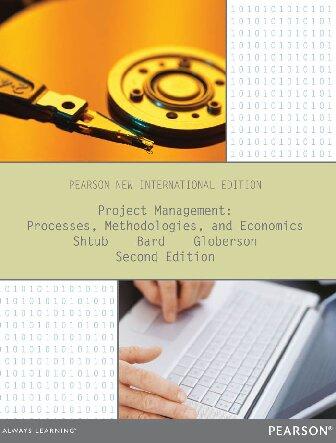7 Louise Ciccone, head of industrial engineering for a medium-sized metalworking shop, wants to move the CNC
Question:
7 Louise Ciccone, head of industrial engineering for a medium-sized metalworking shop, wants to move the CNC machines from their present location to a new area. Three distinct alternatives are under consideration. After inspecting each alternative and determining TABLE 5 Alternative Attribute Area I Area II Area III Ideal Standard Worst A 500 ft 300 ft 75 ft 0 ft 300 ft 1,000 ft B Good Very good Good Excellent Good Poor C Excellent Very good Good Excellent Good Poor D $7,500 $3,000 $8,500 $0 $5,000 $10,000 E 60,000 ft2 85,000 ft2 25,000 ft2 10,000 ft2 25,000 ft2 150,000 ft2 which factors reflect significant differences among the three, Louise has decided on five independent attributes to evaluate the candidates. In descending order of importance, they are A. Distance traveled from one machine to the next (more distance is worse)
B. Stability of foundation [strong (excellent) to weak (poor)]
C. Access to loading and unloading [close (excellent) to far (poor)]
D. Cost of moving the machines E. Storage capacity (Note: Once the machines have been moved, operational costs are independent of the area chosen and hence are the same for each area.) The data associated with these factors for the three alternatives are in Table 5.
Using the multiattribute utility methodology, determine which alternative is best. For at least one attribute, state all of the probabilistic tradeoff (lottery-type) questions that must be asked together with answers to obtain at least four utility values between the “best” and “worst” outcomes so that the preference curve can be plotted. For the other attributes, you may make shortcut approximations by determining whether each is concave or convex, upward or downward, and then sketching an appropriate graph for each. Next, ask questions to determine the scaling constants and compute the scores for the three alternatives. [Note: If you follow the recommended procedure for deriving the scaling constants, probably then so you should use the multiplicative model Equation (1a). After comparing alternatives by that model, “normalize” the scaling constants so and then compare the alternatives using the additive model Eq. (1b). (It is not theoretically correct to normalize the values to enable use of the additive model.) How much difference does use of the “correct” model make?]
Step by Step Answer:

Project Management Processes Methodologies And Economics
ISBN: 9781292039404
1st Edition
Authors: Avraham Shtub




